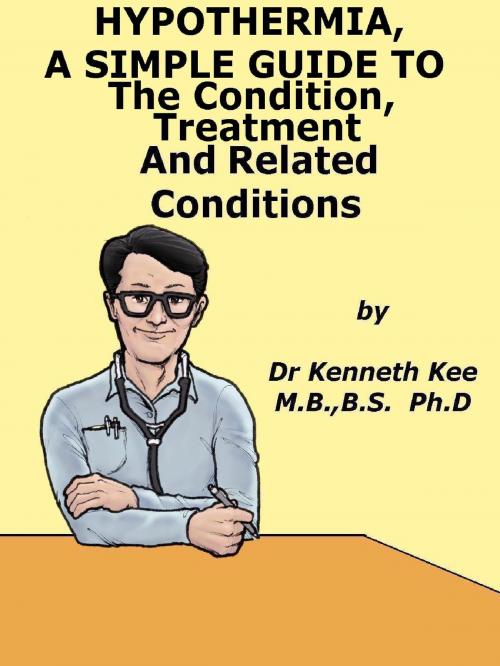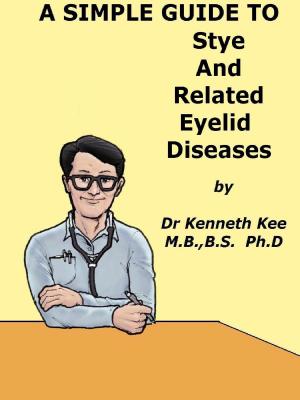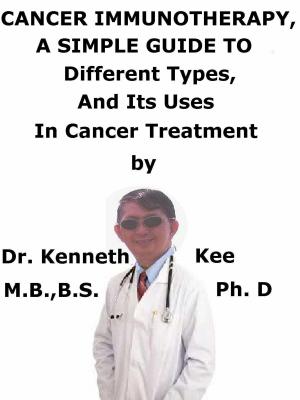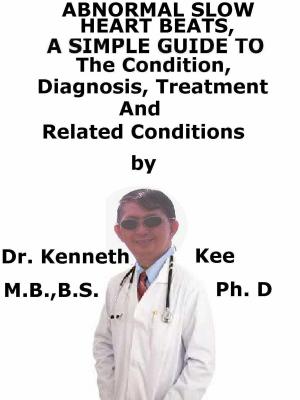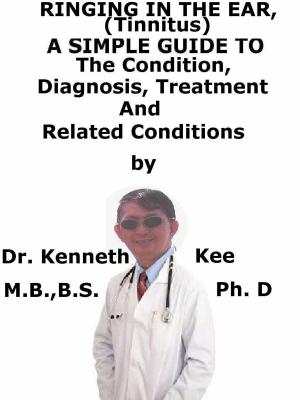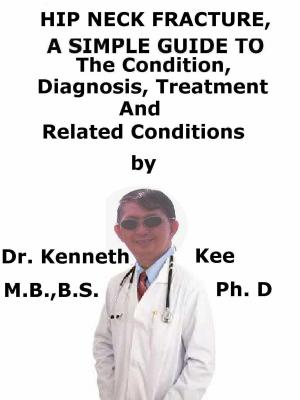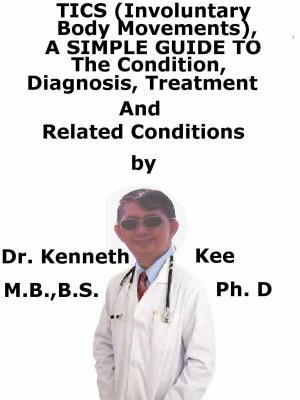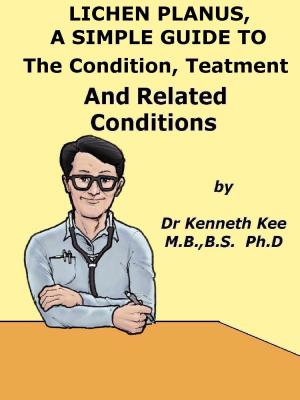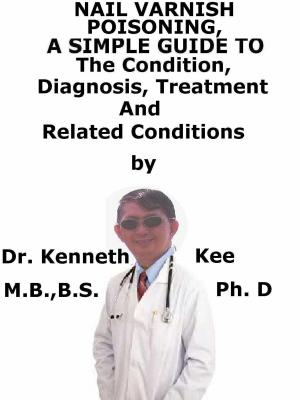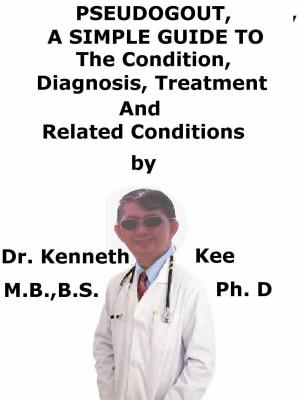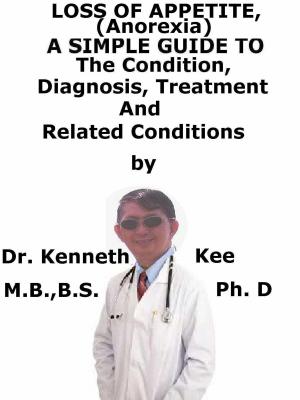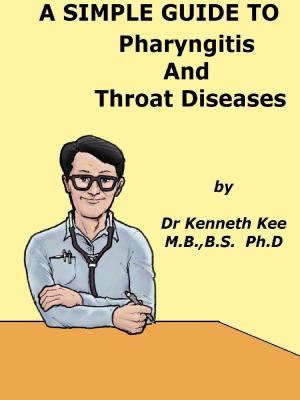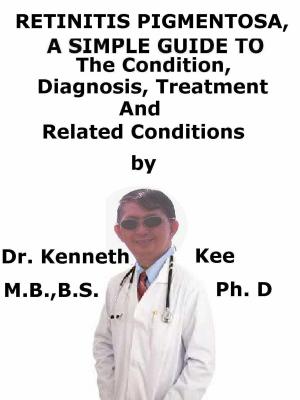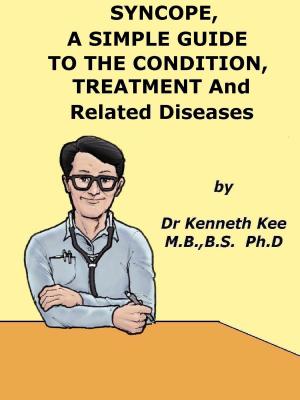Hypothermia, A Simple Guide To The Condition, Treatment And Related Conditions
Nonfiction, Health & Well Being, Medical, Patient Care, Healing, Specialties, Emergency Medicine| Author: | Kenneth Kee | ISBN: | 9781311984449 |
| Publisher: | Kenneth Kee | Publication: | June 4, 2015 |
| Imprint: | Smashwords Edition | Language: | English |
| Author: | Kenneth Kee |
| ISBN: | 9781311984449 |
| Publisher: | Kenneth Kee |
| Publication: | June 4, 2015 |
| Imprint: | Smashwords Edition |
| Language: | English |
How nice it is to play in the snow
To enjoy the ice and the cold
Hypothermia occurs when more body heat is lost
It occurs when the body is bitten by Jack Frost
Do not stay outside without protective clothing in winter
Do not wear wet clothing in windy or cold weather
Always keep warm and wear winter clothing
If needed use your body heat to aid the warming
Cover the person's head and neck to help retain body heat
Apply warm compresses to the neck and where needed
Give warm, sweetened, nonalcoholic fluids to aid the warming.
Wind-proofed the person with many-layered clothing
Patients with mild hypothermia can be sent home after rewarming
Those in more critical conditions should be sent to hospital for resuscitating
Stay calm, find shelter, change to dry clothes, keep moving
The body once warm will do its own miraculous healing
-An original poem by Kenneth Kee
1. If any symptoms of hypothermia are present, especially confusion or changes in mental status, immediately call ambulance.
a. If the person is unconscious, check airway, breathing, and circulation.
b. If necessary, begin rescue breathing or CPR.
c. If the victim is breathing fewer than 6 breaths per minute, begin rescue breathing.
d. Take the person inside to room temperature and cover him or her with warm blankets.
e. If going indoors is not possible, get the person out of the wind and use a blanket to provide insulation from the cold ground.
f. Cover the person's head and neck to help retain body heat.
g. Once inside, remove any wet or constricting clothes and replace them with dry clothing.
h. Warm the person.
i. If necessary, use your own body heat to aid the warming.
j. Apply warm compresses to the neck, chest wall and groin.
k. If the person is alert and can easily swallow, give warm, sweetened, nonalcoholic fluids to aid the warming.
Hypothermia
Every now and then we hear news of a person who has nearly froze to death after falling in a snow bank.
He or she made a miraculous recovery after passing out and the body temperature dropped to 78 degrees.
Hypothermia causes tissues to freeze and ice crystals to form many time the size of the individual cells but only in the extracellular spaces.
Large ice crystals can develop between the cells in soft tissues without producing irreversible injury as long as the percentage of water frozen do not exceed a certain amount.
Because of this phenomenon, there is extensive use of low temperature as a way to do:
1. Cryosurgery
Advantages are safety and hemostasis (stoppage of bleeding)
2. Hypothermia with hyper-barbaric oxygen is used in harvesting, preserving and transplanting organs and stem cells into human bodies.
Hypothermia is injury by cold with possible damage to the skin, blood vessels, nerves and generalized decreased body temperatures
Hypothermia is dangerously low body temperature below 95 °F (35 °C).
How nice it is to play in the snow
To enjoy the ice and the cold
Hypothermia occurs when more body heat is lost
It occurs when the body is bitten by Jack Frost
Do not stay outside without protective clothing in winter
Do not wear wet clothing in windy or cold weather
Always keep warm and wear winter clothing
If needed use your body heat to aid the warming
Cover the person's head and neck to help retain body heat
Apply warm compresses to the neck and where needed
Give warm, sweetened, nonalcoholic fluids to aid the warming.
Wind-proofed the person with many-layered clothing
Patients with mild hypothermia can be sent home after rewarming
Those in more critical conditions should be sent to hospital for resuscitating
Stay calm, find shelter, change to dry clothes, keep moving
The body once warm will do its own miraculous healing
-An original poem by Kenneth Kee
1. If any symptoms of hypothermia are present, especially confusion or changes in mental status, immediately call ambulance.
a. If the person is unconscious, check airway, breathing, and circulation.
b. If necessary, begin rescue breathing or CPR.
c. If the victim is breathing fewer than 6 breaths per minute, begin rescue breathing.
d. Take the person inside to room temperature and cover him or her with warm blankets.
e. If going indoors is not possible, get the person out of the wind and use a blanket to provide insulation from the cold ground.
f. Cover the person's head and neck to help retain body heat.
g. Once inside, remove any wet or constricting clothes and replace them with dry clothing.
h. Warm the person.
i. If necessary, use your own body heat to aid the warming.
j. Apply warm compresses to the neck, chest wall and groin.
k. If the person is alert and can easily swallow, give warm, sweetened, nonalcoholic fluids to aid the warming.
Hypothermia
Every now and then we hear news of a person who has nearly froze to death after falling in a snow bank.
He or she made a miraculous recovery after passing out and the body temperature dropped to 78 degrees.
Hypothermia causes tissues to freeze and ice crystals to form many time the size of the individual cells but only in the extracellular spaces.
Large ice crystals can develop between the cells in soft tissues without producing irreversible injury as long as the percentage of water frozen do not exceed a certain amount.
Because of this phenomenon, there is extensive use of low temperature as a way to do:
1. Cryosurgery
Advantages are safety and hemostasis (stoppage of bleeding)
2. Hypothermia with hyper-barbaric oxygen is used in harvesting, preserving and transplanting organs and stem cells into human bodies.
Hypothermia is injury by cold with possible damage to the skin, blood vessels, nerves and generalized decreased body temperatures
Hypothermia is dangerously low body temperature below 95 °F (35 °C).
